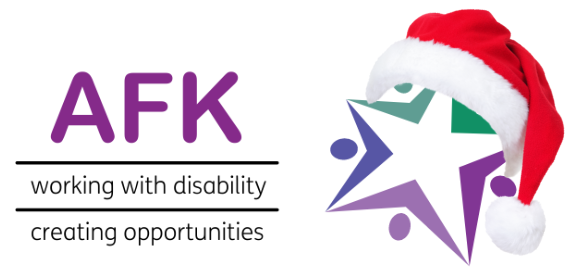We want this website to be full of simple and useful information that everyone can understand.
We do our best to make sure the language we use on this website is Plain English. Where possible, we try to avoid abbreviations (apart from the ‘AFK’ in our name), as well as avoiding the use of jargon, technical terms and unnecessary language.
We are improving our Alternative Text (sometimes called Alt Text) on images for those who use screenreaders, so that only images that add value to a web page are accompanied by alternative text. Alt Text does not accompany decorative images.
